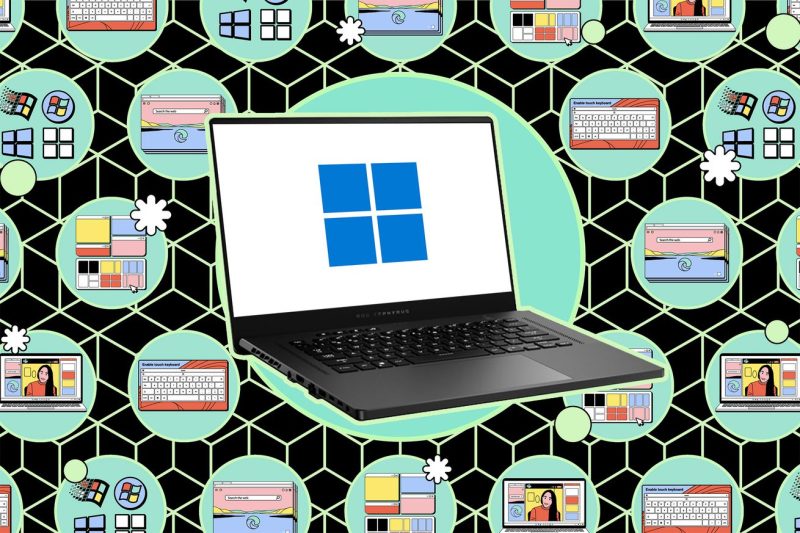Windows Terminal: An All-In-One Tool for Command Line Enthusiasts
Windows Terminal is a powerful tool for command-line users, providing a versatile and customizable interface for accessing multiple command-line applications in one window. Whether you’re a seasoned developer, system administrator, or just someone who prefers working from the command line, Windows Terminal can greatly enhance your productivity and workflow. In this article, we will explore the various features and use cases of Windows Terminal that make it a valuable tool for anyone working with command-line interfaces.
One of the key features of Windows Terminal is its ability to handle multiple command-line applications simultaneously. With Windows Terminal, users can open tabs for Command Prompt, PowerShell, Windows Subsystem for Linux (WSL), Azure Cloud Shell, and more, all within a single window. This allows users to switch between different command-line environments seamlessly, making it easier to work on various projects or tasks without the need to open multiple windows.
In addition to supporting multiple command-line applications, Windows Terminal offers a high degree of customization to suit individual preferences and workflows. Users can personalize the appearance of each terminal tab by changing the background color, font style, and cursor shape. Furthermore, Windows Terminal supports custom key bindings, color schemes, and profiles, allowing users to tailor the terminal interface to their liking.
Windows Terminal also makes it easy to create and manage multiple profiles for different command-line applications. Profiles allow users to configure specific settings for each terminal tab, such as the default shell, starting directory, and font size. This can be particularly useful for users who frequently work with different command-line tools and environments, as it streamlines the process of switching between them.
Another useful feature of Windows Terminal is its support for split panes, which allow users to divide the terminal window into multiple panes to view and interact with different terminals simultaneously. This feature is particularly helpful for users who need to compare logs, run multiple commands at once, or monitor system processes in real-time.
Furthermore, Windows Terminal supports a wide range of keyboard shortcuts and commands to streamline common tasks and operations. Users can quickly navigate between tabs, split panes, copy and paste text, search for text within the terminal, and more, using simple keyboard shortcuts. This can significantly speed up the command-line workflow and improve overall efficiency.
In conclusion, Windows Terminal is a versatile and powerful tool for anyone who regularly works with command-line interfaces. Its support for multiple command-line applications, extensive customization options, profile management capabilities, split panes, and keyboard shortcuts make it a valuable asset for developers, system administrators, and command-line enthusiasts alike. By incorporating Windows Terminal into your workflow, you can enhance productivity, streamline tasks, and improve your overall command-line experience.
